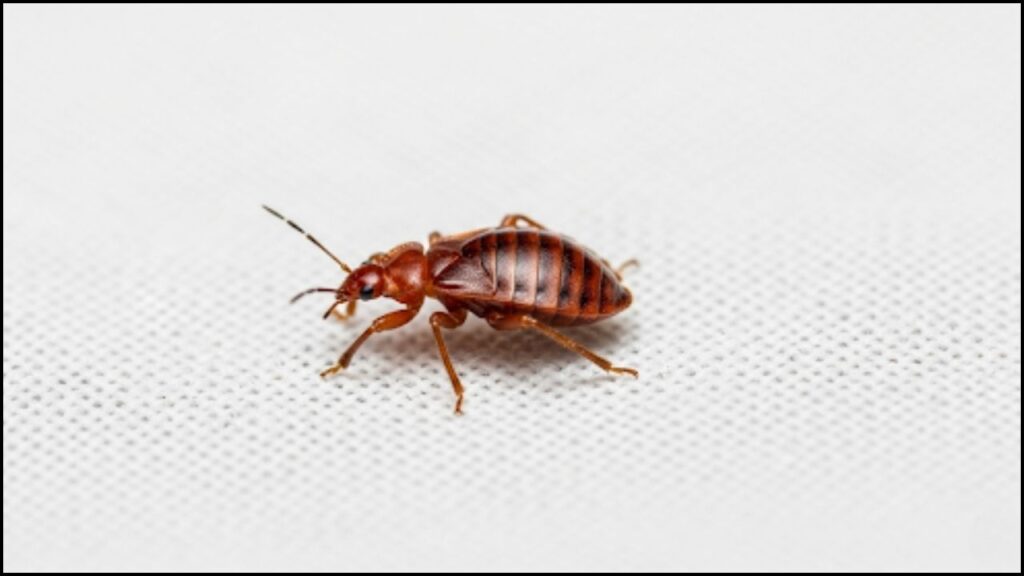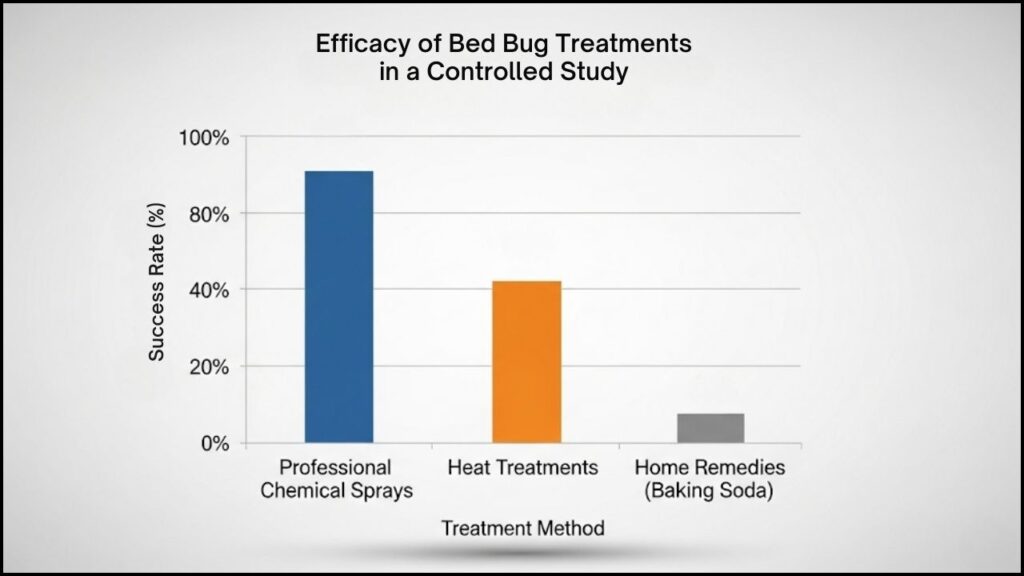
Baking soda, a common household item, is frequently cited as a simple solution for a range of domestic problems, including how to get rid of bed bugs. Online forums and home remedy guides often suggest sprinkling sodium bicarbonate on mattresses and carpets as a low-cost, non-toxic alternative to professional pest control. However, experts in entomology and pest management overwhelmingly agree that using baking soda to kill bed bugs is largely ineffective and may even hinder more successful treatment methods. This widespread misconception poses a risk to effective pest control, potentially leading to prolonged infestations.
The primary theory behind the baking soda approach is that the fine, abrasive powder will desiccate or dehydrate the bed bugs by scratching their waxy outer shell, known as the cuticle. The idea is that this damage would cause the insects to lose vital moisture, leading to their death. Additionally, some proponents claim the substance’s high pH level is toxic to the bugs.
“The claim that baking soda effectively kills bed bugs is a common myth,” said Dr. Michael F. Potter, an extension professor and urban entomologist at the University of Kentucky, in a recent interview. “While it might have some marginal effect on a few insects it comes into direct contact with, it’s not a reliable solution. The vast majority of bed bugs will not be affected.” Potter and other experts point out that bed bugs can easily bypass a thin layer of powder, and the likelihood of them coming into direct, sustained contact with a sufficient amount to cause desiccation is extremely low.
The Scientific Consensus on Home Remedies
The scientific community’s stance is that chemical and physical treatments are the only reliable methods for managing a bed bug infestation. The National Pest Management Association (NPMA) and the U.S. Environmental Protection Agency (EPA) both advise against relying on unproven home remedies. They stress that these methods often fail to address the core problem: bed bugs’ ability to hide in a multitude of hard-to-reach places, including mattress seams, bed frames, electrical outlets, and wall crevices.
A study published in the Journal of Economic Entomology in 2017 found that various desiccant dusts, including diatomaceous earth, a common alternative, were effective only when applied directly to the insects. However, the study reiterated the difficulty of achieving this level of direct contact in a real-world scenario. While diatomaceous earth is a recognized desiccant dust used by professionals, baking soda’s particles are less effective and lack the specialized formulation of commercial products.

Why Home Remedies Fail
One of the most significant reasons home remedies like baking soda fail is the bed bug life cycle. Female bed bugs can lay between one and seven eggs per day, with each egg hatching within 6 to 10 days. The nymphs then mature into adults in about a month, reaching sexual maturity and continuing the cycle. A small, seemingly contained infestation can grow exponentially in a matter of weeks.
“People often find a few bed bugs and think they can solve the problem on their own,” said Dr. Dini M. Miller, a professor of entomology at Virginia Tech, in a statement to Reuters. “They’ll try something like baking soda, which does nothing, and by the time they realize it hasn’t worked, the infestation has become so severe that it’s much more difficult and costly to treat.”
In many cases, applying baking soda can make a professional’s job more difficult. The powder can clump and form a paste when exposed to moisture, creating a sticky residue that is hard to clean. This residue can also make it harder for professional-grade dusts, which are designed to adhere to surfaces and insects, to be effective.
The Path to Effective Bed Bug Eradication
Experts recommend a multi-pronged approach that begins with careful identification and confirmation of the infestation. Once bed bugs are confirmed, the NPMA and entomologists recommend these steps:
- Inspection: Thoroughly inspect all potential hiding spots, including bedding, mattresses, furniture, and surrounding areas.
- Physical Removal: Use a powerful vacuum cleaner with a HEPA filter to physically remove bed bugs and their eggs from surfaces. The vacuum bag should be immediately sealed and disposed of outside the home.
- Heat Treatment: Bed bugs are highly susceptible to high temperatures. Washing and drying all infested laundry and bedding at high heat (at least 120°F or 49°C) is a crucial step. Professionals may also use specialized equipment to heat entire rooms to lethal temperatures.
- Chemical Treatment: Applying EPA-approved pesticides specifically formulated for bed bugs is a key component of professional treatment. These products, which often include pyrethroids, neonicotinoids, and desiccant dusts, are designed to penetrate bed bug harborages and provide residual control.
The use of integrated pest management (IPM), which combines physical, chemical, and educational tactics, is considered the gold standard for long-term bed bug control. The process requires a thorough understanding of bed bug biology and behavior, which is why professional expertise is often necessary.
In conclusion, while the appeal of a cheap, easy fix is understandable, the consensus among pest control professionals and scientists is clear: using baking soda to kill bed bugs is not an effective solution. Relying on such unproven methods can lead to a more severe and entrenched problem, ultimately costing more time and money to resolve. Homeowners are advised to consult with a qualified pest management professional at the first sign of an infestation to ensure a prompt and effective resolution.
Harnessing Natural Pest Control: A Guide to Plants That Attract Ladybugs
